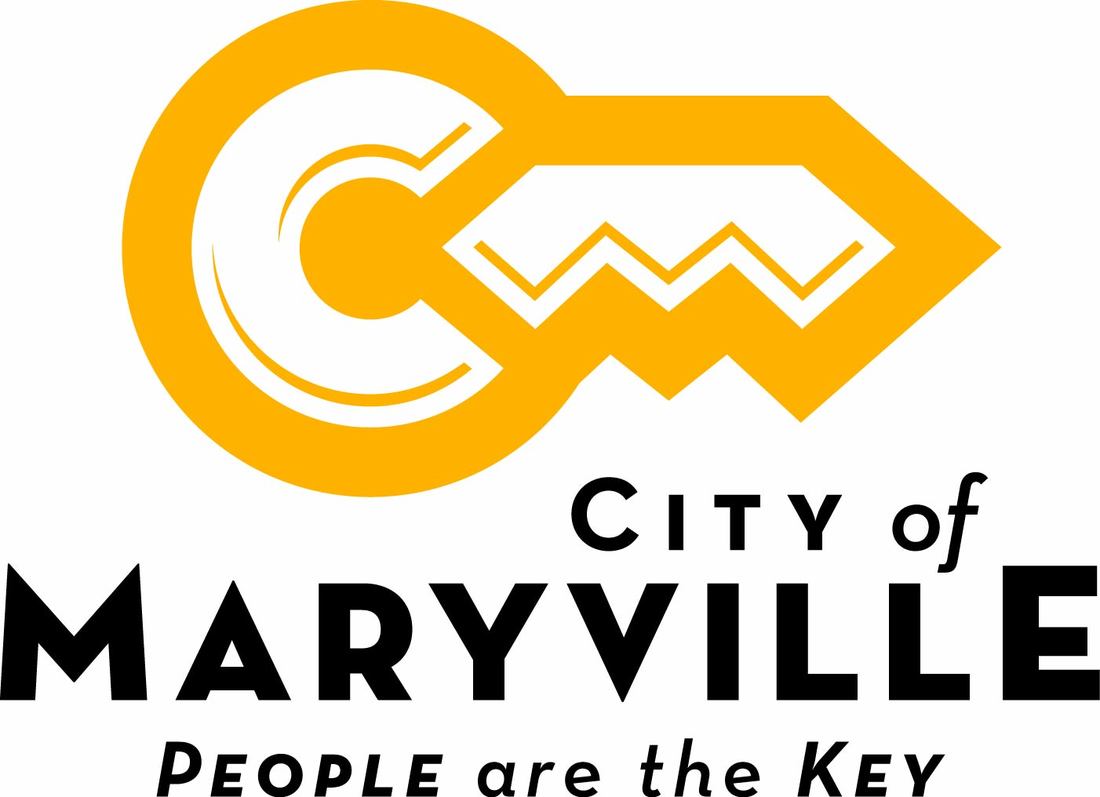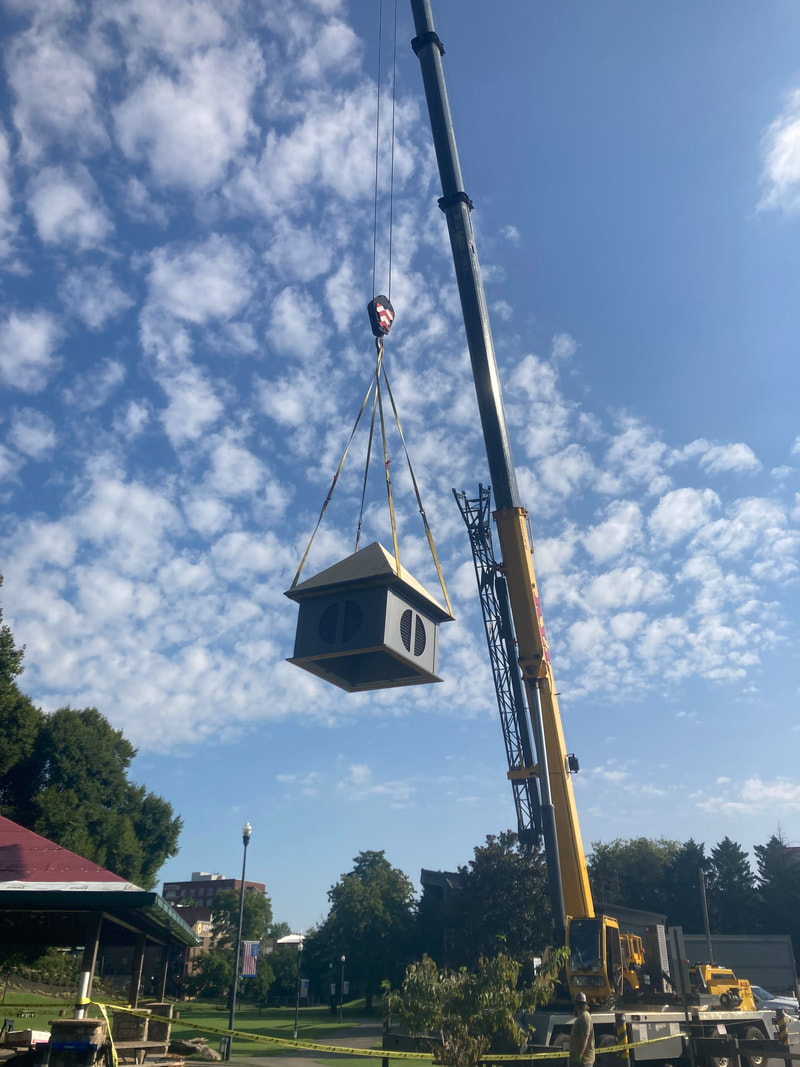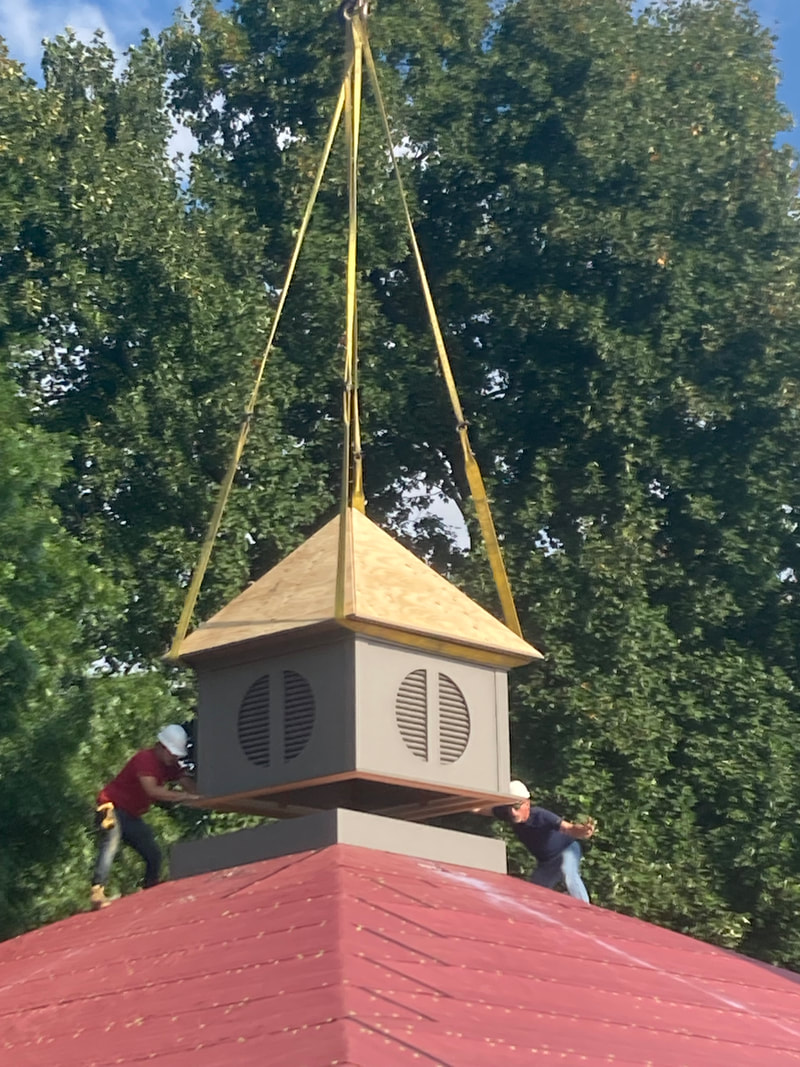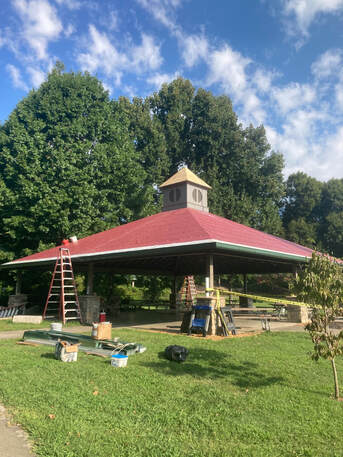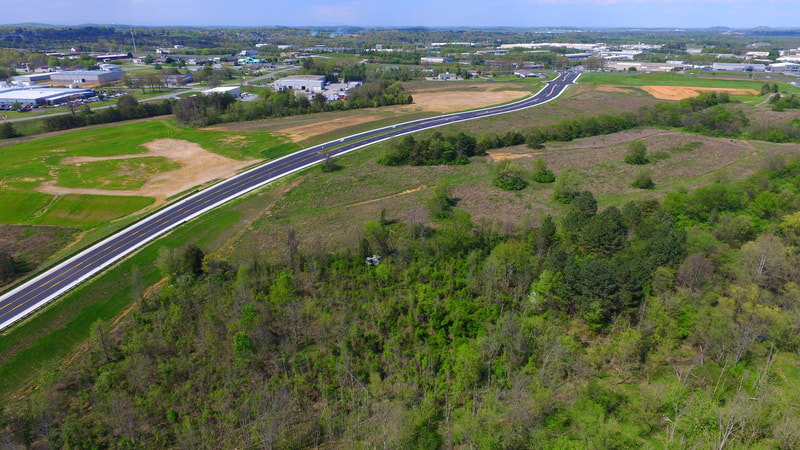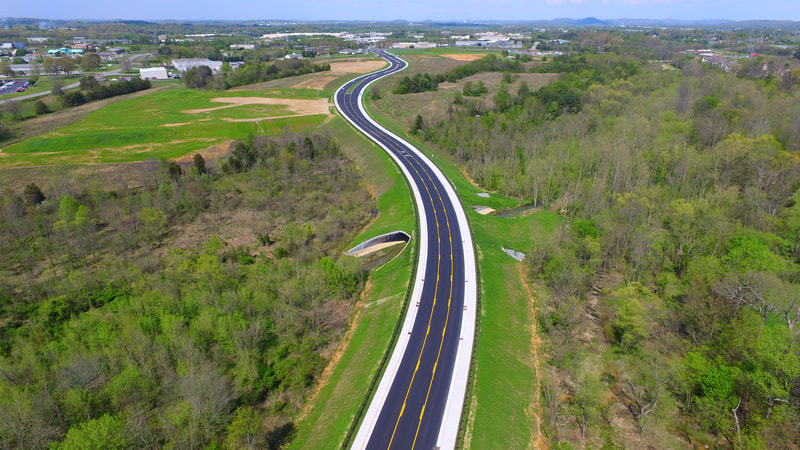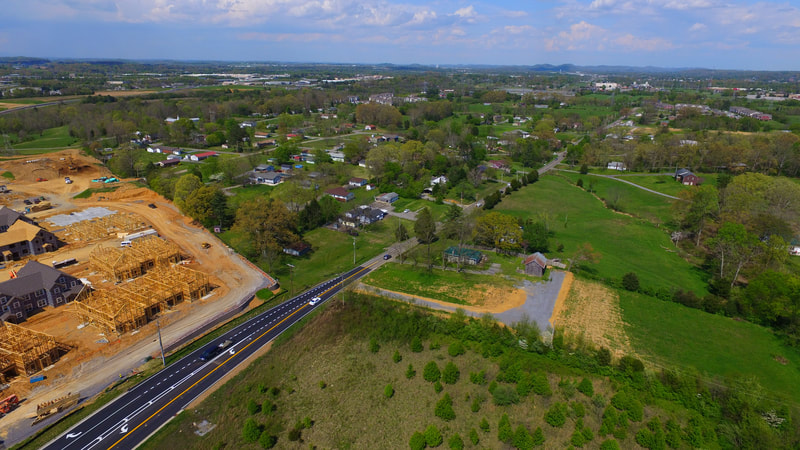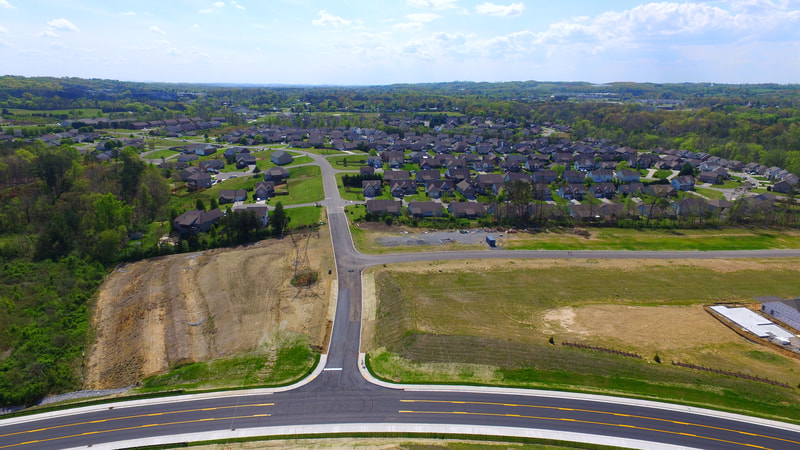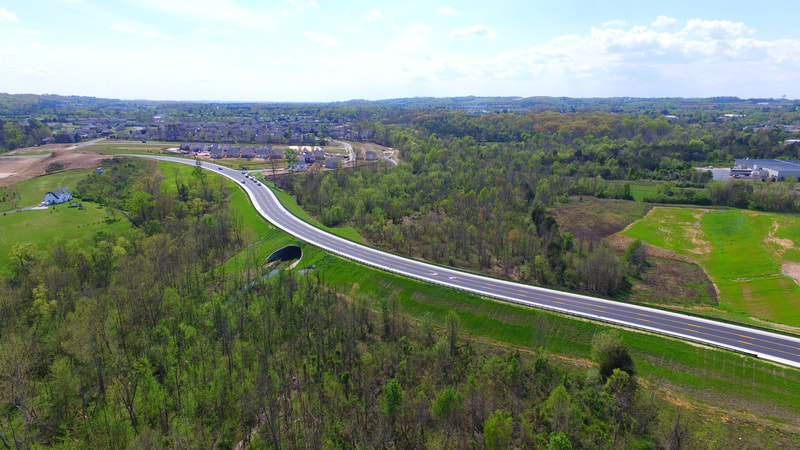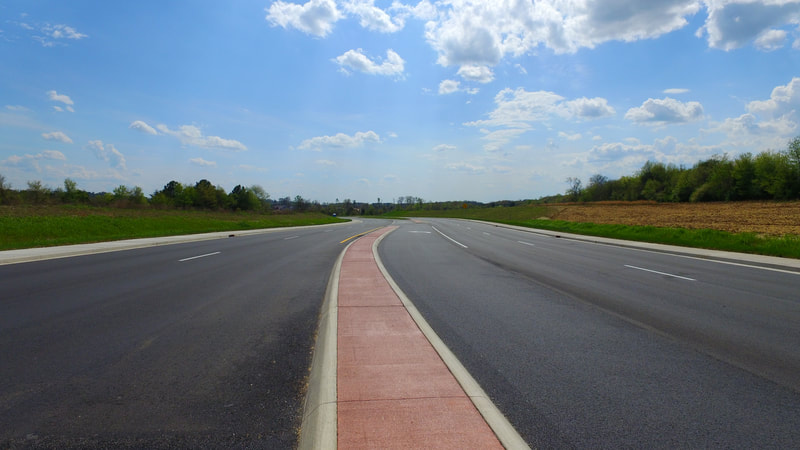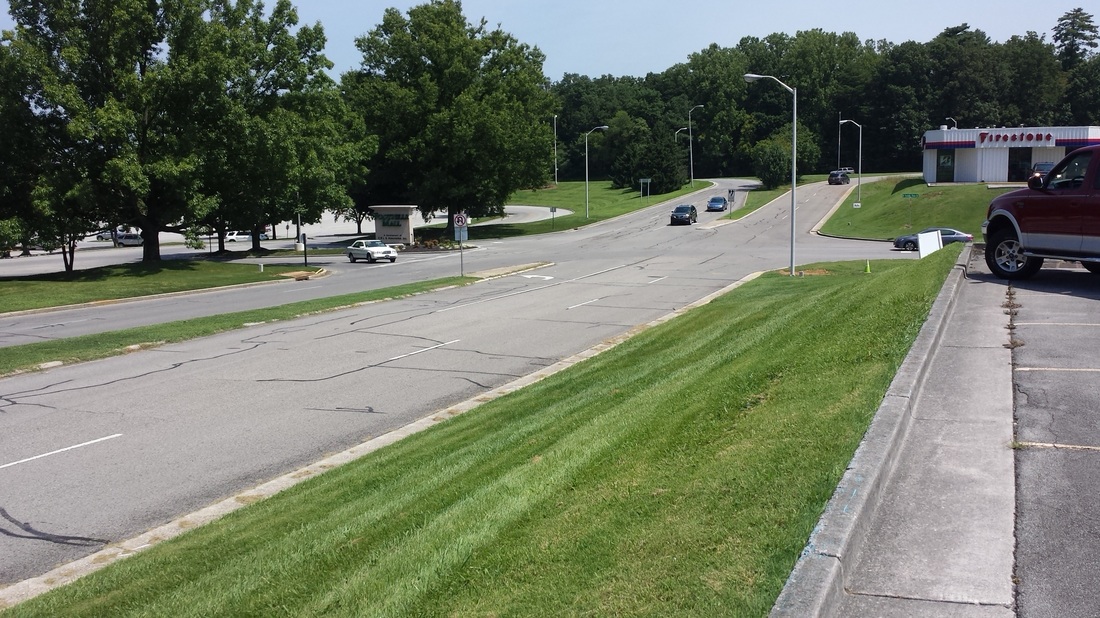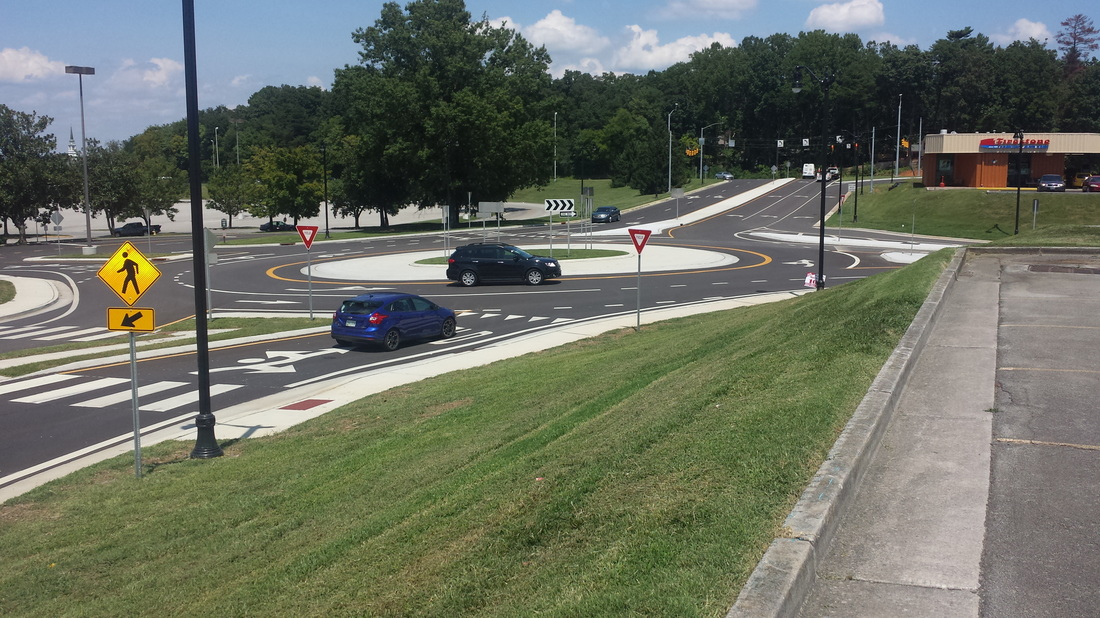|
Located at the Maryville Municipal Building - Lower Level (Gary Hensley Blvd. side)
Business Hours | Monday - Friday | 8 a.m. - 5 p.m. | Closed 12 p.m. - 1 p.m. Phone (865) 273-3500 Brian Boone, Director of Engineering and Public Works | [email protected] Chuck Rowan, City Engineer | [email protected] |
Report a Traffic HazardIf you believe the hazard requires immediate action, please call 911. For non-emergency traffic conditions, please note the location and call (865) 273-3500. |
Site Plan Approval Process and Permits
-
Permits & Procedures
-
Site Plan Approval Process
<
>
Engineering permits are required for the following activity. If unsure whether a permit is needed for planned activity, call us at (865) 273-3500.
- Road Closure Procedures | Road Closure Permit Application
Requests for closing streets (other than event-related) - Access Procedures | Access Permit Application
An access permit is required before constructing, building or cutting an access in City right-of-way. The permit is obtained from the City Engineering Department or can be downloaded from the links above. - Right-of-Way Excavation Permit Application
A Right-of-Way excavation permit will be required for any person, firm, corporation, public or private utility, association, or others to make any cut or excavation in any street, curb, alley, or public right-of-way in the city limits. - Grading Procedures | Grading Permit Application
Any land disturbing activity must be permitted by the City's Engineering Department prior to performing work. - Temporary Sidewalk Block Permit Application
Required for any person, firm, corporation, public or private utility, association, or others to temporarily block any portion of a sidewalk for any purpose. - Small Cell-5G Right-of-Way Permit Application
Engineering Page DirectoryPermits & Documents Section
|
Jack Greene Park Work Nearly Complete
City of Maryville Engineering and Public Works is excited to announce the updates at Jack Greene Park are almost complete! The project included refreshing the public restrooms, painting the amphitheater, and upgrades to the pavilion. The photos below show the contractors installing our beautiful new cupola. |
Frequently Asked Questions: use the tabs below for more information
-
Speed Limit / Traffic Calming
-
Street Maintenance
-
Sight Distance
-
Other
<
>
Neighborhood Speed Bump Installation Process
Speed bumps are only considered for neighborhoods after several steps have been taken to ensure the need.
Before traffic calming devices (like speed bumps) can be installed, first the site must be studied to evaluate through traffic conditions, speed issues, and accident reports. The Engineering and Public Works department will perform this study.
Next, if an issue is discovered, police will observe and selectively enforce traffic laws.
If the issue still exists, speed bumps will be considered.
Speed Limits
By City Municipal Code, the citywide speed limit is 30 m.p.h. for local and minor streets that are not signed or posted.
Speed limits for City "collector streets" (like Sandy Springs Road) and "arterial streets" (like Lamar Alexander Parkway) are evaluated and established by the Engineering and Public Works Department and approved by City Council through ordinance.
Speed bumps are only considered for neighborhoods after several steps have been taken to ensure the need.
Before traffic calming devices (like speed bumps) can be installed, first the site must be studied to evaluate through traffic conditions, speed issues, and accident reports. The Engineering and Public Works department will perform this study.
Next, if an issue is discovered, police will observe and selectively enforce traffic laws.
If the issue still exists, speed bumps will be considered.
Speed Limits
By City Municipal Code, the citywide speed limit is 30 m.p.h. for local and minor streets that are not signed or posted.
Speed limits for City "collector streets" (like Sandy Springs Road) and "arterial streets" (like Lamar Alexander Parkway) are evaluated and established by the Engineering and Public Works Department and approved by City Council through ordinance.
Paving and Maintenance of State Roads
Streets which are classified as state routes such as Broadway Avenue (SR33) and Sevierville Road (SR35) are not typically resurfaced using the same sources of funds. Resurfacing state routes is typically done by TDOT.
Paving and Maintenance of Local Roads
The City is on a three year plan for resurfacing streets. Streets are evaluated based on several criteria and assigned an overall grade.
Budget, location, and traffic patterns - along with grade - are considered when determining street resurfacing priority.
Streets which are classified as state routes such as Broadway Avenue (SR33) and Sevierville Road (SR35) are not typically resurfaced using the same sources of funds. Resurfacing state routes is typically done by TDOT.
Paving and Maintenance of Local Roads
The City is on a three year plan for resurfacing streets. Streets are evaluated based on several criteria and assigned an overall grade.
Budget, location, and traffic patterns - along with grade - are considered when determining street resurfacing priority.
Reporting trees or obstructions that block sight distance at an intersection
Obstructed sight distance issues (trees, shrubs, fences, etc which block safe sight distance for motorists) may be reported to (865) 273-3302.
The City's ordinance for sight distance at intersections and along public roads (Ord. #2010-06 Ch.16-103) can be found here.
Sight distance issues will be evaluated by the Engineering and Public Works Department on a case by case basis.
Obstructed sight distance issues (trees, shrubs, fences, etc which block safe sight distance for motorists) may be reported to (865) 273-3302.
The City's ordinance for sight distance at intersections and along public roads (Ord. #2010-06 Ch.16-103) can be found here.
Sight distance issues will be evaluated by the Engineering and Public Works Department on a case by case basis.
What are the black cords/ tubes used on streets/ roads?
For the purpose of collecting statistical information on traffic speed and volume, the engineering department uses speed sensing equipment, such as pneumatic tubes on roads, as well as radar and other methods.
For the purpose of collecting statistical information on traffic speed and volume, the engineering department uses speed sensing equipment, such as pneumatic tubes on roads, as well as radar and other methods.
